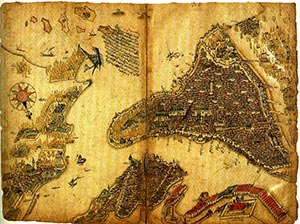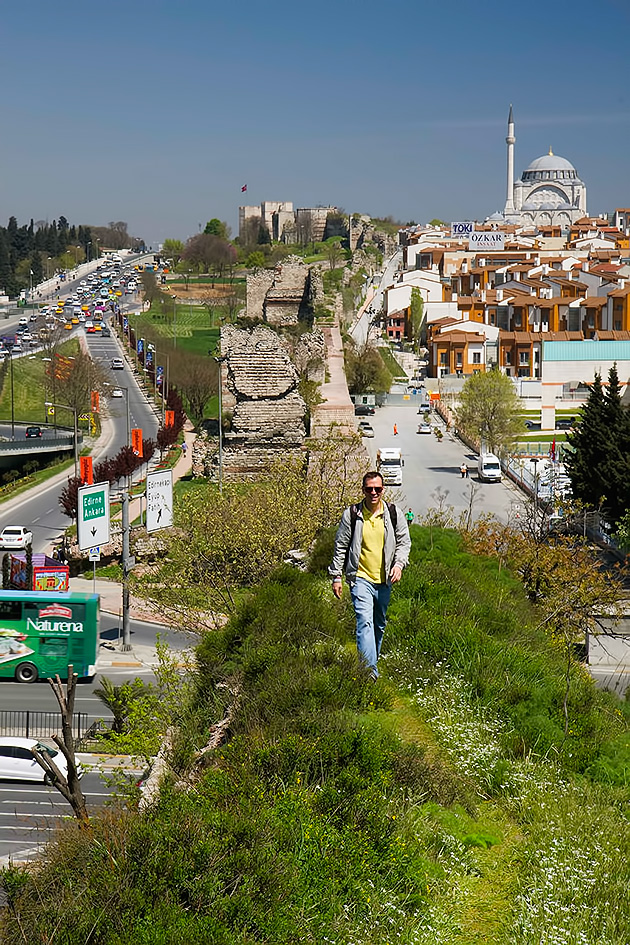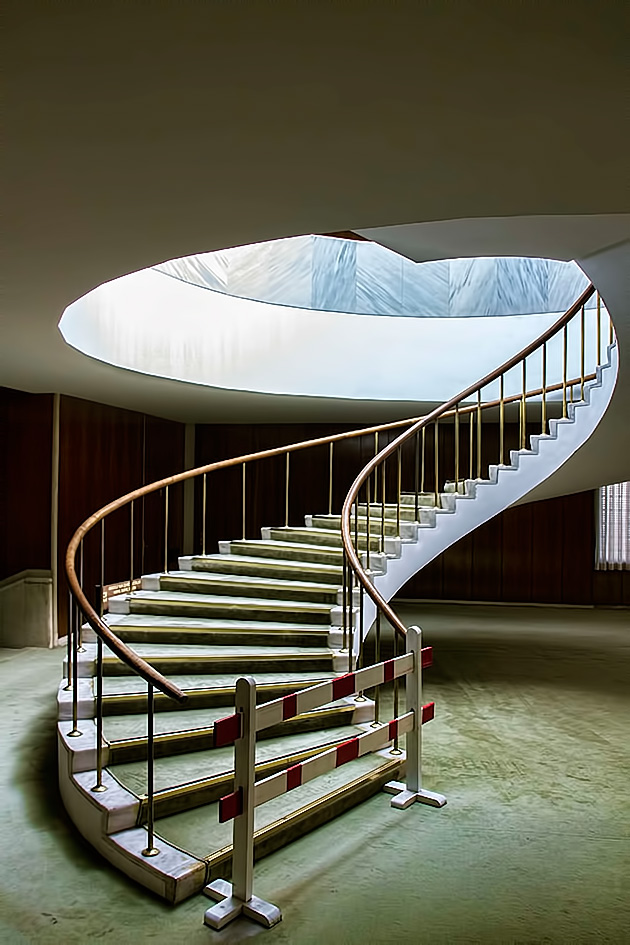A Concise History of Istanbul
If ever a city were in a need of a concise recounting of its history, it is Istanbul. Properly told, its story fills multiple volumes of heavy tomes. But we’re too busy for detail or nuance, and so have distilled the past of one of the world’s most historic cities into a ridiculous list of easily digestible highlights. Students of Mrs. Dent’s sixth-grade history class: you’re welcome! Academics and graduate students: you might want to look elsewhere.
6500 BC – The earliest traces of humanity in Istanbul date to the Neolithic Period, and were found during a 2008 dig for a subway station.
676 BC – Greek settlers found Chalcedon on the site of present-day Üsküdar. Chalcedon was known as the City of the Blind to later generations, who couldn’t otherwise explain the original settlers overlooking the defensively superior European peninsula right across from them.

513 BC – 196 AD – Coveted for its strategic location at the mouth of the Bosphorus, the city-state of Byzantium is continuously conquered by the various powers of the classical era: Persia (513 BC), Athens (478 BC), Macedonia (334 BC) and Rome (196 AD).
324 – After defeating the Eastern Emperor Licinius, Constantine the Great reunites the Roman Empire, choosing Byzantium (henceforth called Constantinople) as the new capital.
6th Century – With Rome having fallen to the Goths, Constantinople enters a golden age and takes its place among the world’s great cities. Emperor Justinian builds a new Hagia Sophia, constructs the Sunken Cistern and conquers much of northern Africa and southern Europe.
1071 – The Selçuk Turks arrive on the doorstep of Constantinople, and succeed in wresting most of Anatolia away from the Byzantine Empire.
1204 – The Fourth Crusade, ostensibly launched to liberate Muslim-held Jerusalem, decides instead to ransack Christian Constantinople. The city is devastated and, amidst the carnage, Emperor Alexius V commits suicide by throwing himself from a column. The Byzantine capital is temporarily moved to Nicea (İznik).
1453 – After a slow, 130-year encroachment onto Byzantine lands, the Ottoman Turks under Sultan Mehmet II “The Conqueror”, finally succeed in taking the capital. Now it’s Istanbul, not Constantinople, as the song goes, and the Ottoman Empire is born.
1529 – The Ottoman Empire reaches its peak under Süleyman the Magnificent, stretching its borders from Persia to Poland, and conquering Northern Africa. In 1529, it very nearly succeeds in conquering Vienna.

18th Century – After centuries of power, decadence sets in. Ottoman sultans become complacent, allowing the feared Janissary Corps and the scheming women of the harem too much power. Although arts and architecture flourish during this Tulip Period, the Empire becomes ever weaker.
1839-1856 – Hoping to westernize his country, Sultan Abdülmecid pushes through the Tazimat Reforms, which fundamentally alter every level of Ottoman society. Christians are granted equal rights, homosexuality is decriminalized, and modern innovations like post offices, factories and a census are introduced.
1903 – Educated in the west and wearied by the excesses of the empire’s sultans, the Young Turks stage a military coup and assume power. But they side with Germany in WWI; a costly mistake that results in the Allied Powers (chiefly Britain, France, Italy and Greece) carving up the defeated Ottoman state.
1923 – Led by Mustafa Kemal, later known as Atatürk, Turkish nationalists wage a successful War of Independence against the occupying powers, and establish a new country known as the Republic of Turkey. The capital is moved from Istanbul to Ankara.
2002 – The Islamic AKP Party wins a firm majority in national elections, and although fears arise that Turkey will become a religious state, the party only grows in popularity, owing to both its stable governing and a period of economic growth.
… and beyond – Already one of the world’s most-visited cities, Istanbul is growing at an unprecedented rate, and has big plans for the future. It’s presently at work on a subway link between Europe and Asia, and hopes to build a “second Bosphorus”: an artificial canal which would ease strain on the real strait. As a Muslim-majority metropolis with a secular foot planted firmly in Europe, Istanbul is uniquely situated to influence and serve as a model for the awakening democracies of the Arab Spring. Clearly, history isn’t done with this amazing city quite yet.



Now you don’t see many travel blogs taking on history. I like this. Digestible, bite sized chunks are just right for me!
This is an awesome summary.
Guys,What a blog.. What a content in your articles..Congrats on the diversity of locations you have seen and topics you have covered on Istanbul.Have fun in Istanbul.Cheers..
That’s one great summary! Although I would also include 3 coup d’etats (in 1960, 1971 and 1980) since they literally transformed Turkey to what it is today. And maybe the year 1999, as it is when EU recognised Turkey as a candidate for full membership.
This is a wonderful summary! Headed to Istanbul in 3 weeks and your blog has been the best ressource I have encountered to educate myself pre-visit, Thank You both!
Hi Jurgen and Mike! Thank you for this wonderful website that took me back to the city where I was born and raised! Just a small comment on the naming of the city: In fact, the name “Constantinople” (Konstantiniyye in Turkish) was more commonly used than “Istanbul” until the era of the modern Turkey, which is the beginning of the 20th century. There is a nice article in Wikipedia about the different names of the city and their stories (https://en.wikipedia.org/wiki/Names_of_Istanbul). Best, Eymen